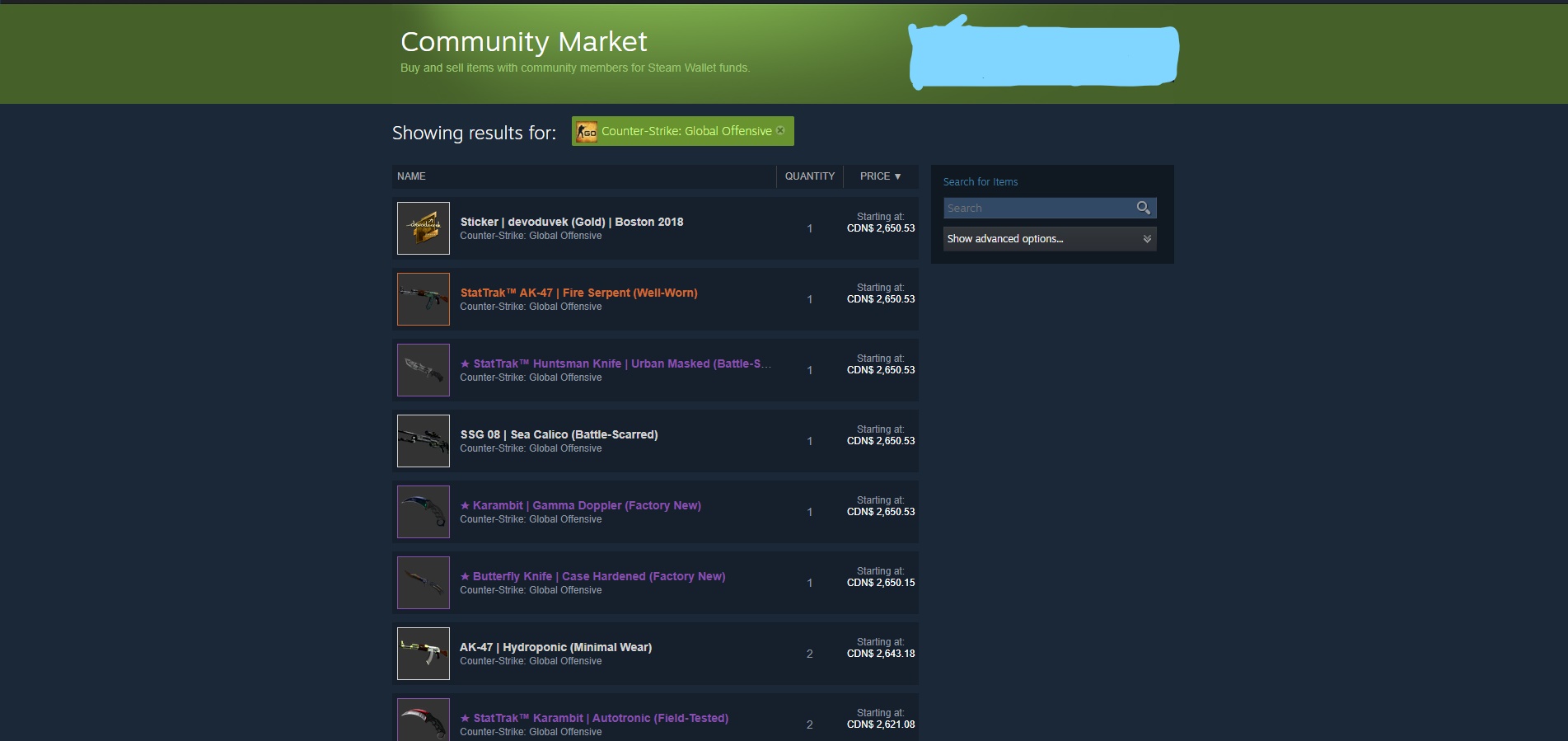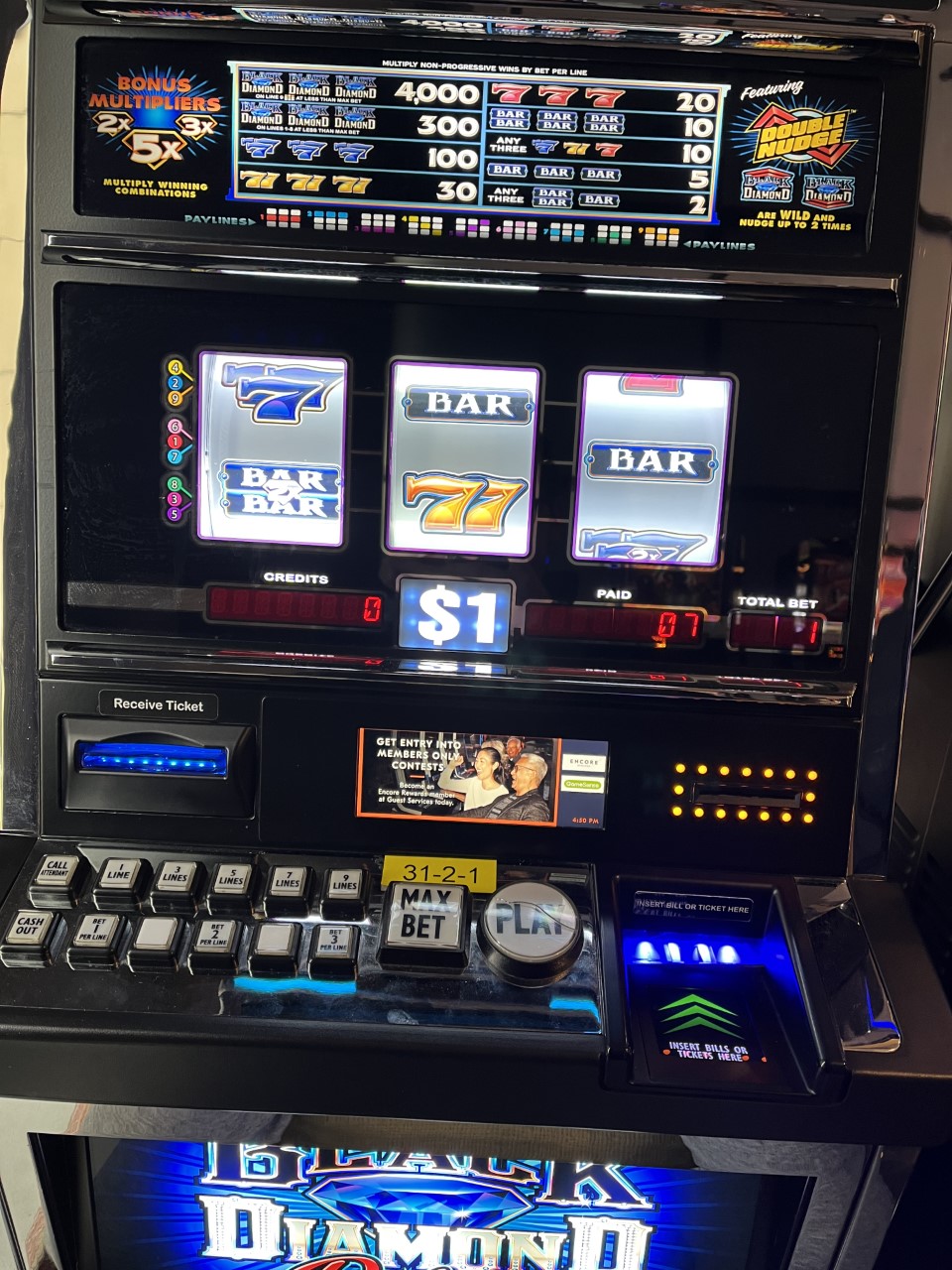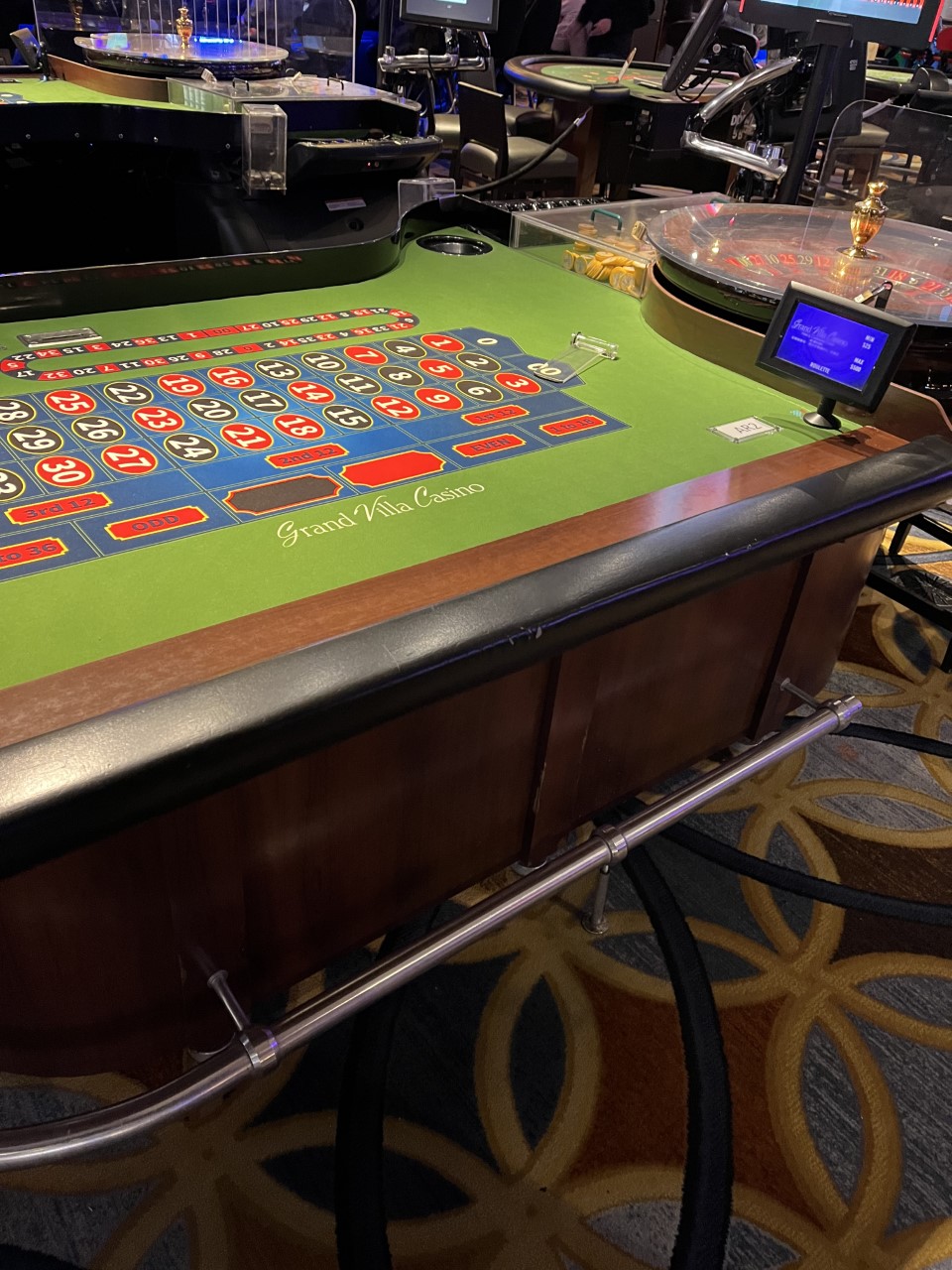
Matthew Shong
Matthew Shong is currently finishing his last semester in his Bachelor’s Degree in Psychology. He attended Capilano University for his entire academic career while also working two full time jobs in which he is the head manager of logistics in a beauty care company as well as being Head Coach for highschool kids at Burnaby Minor. He intends to get his PDP in education at SFU where he can continue his journey in becoming a highschool teacher.
The rustle and bustle pathways of bright lights, smokey air, and the sounds of “winner winner chicken dinner” echo around the vast halls of the casino concourse as we hear the sounds of big winners and big losers. This mecca was the home to the grounds of gamblers trying to get that quick fix of dopamine when you see that huge jackpot spin down and the chips start to flow into your pockets. This place was home of all this, yet modern day technology has allowed it to enter our homes and to target a new generation of gamblers with the introduction of gambling in video games. We see this facet of loot boxes in our everyday life and can vast from children’s toys where you hope to find a “super rare” edition of a toy compared to a common one with this idea being used for toys like “mystery fidget toy” and “smashers ice age eggs” to people buying mystery clothing boxes that contain pieces from a store and you would have no idea what you were to get. The idea of loot boxes are also huge in Asian countries with a system called gacha which is described as “video games which encourage players to spend in-game currency for virtual items as they progress. In gacha games, items such as cards and characters can be won through a mechanism, similar to a vending machine, in which players pull, spin, or roll using in-game currency to receive a random item.”(Lawrenson, 2022). This idea has generated “$55 billion since 2007” (Valens, 2018). Since loot boxes are available to be purchased with real money and are always at odds with no guaranteed reward, this is the underage version of gambling and can be detrimental in the development of a child’s brain and how it can affect them in their future lives.
The topic of loot boxes has become a social phenomenon over the past 20 years with the introduction of this system in the 2004 game Maple Story but has seen societal outrage due to companies like EA Sports which have included this system of paying real life money for better items and ingame characters with their introduction of packs in 2009 with FIFA 09 in a mode called FIFA Ultimate Team (FUT). “In [FIFA Ultimate Team], players can collect professional footballers in the form of virtual tickets, through opening player packs. These player packs (i.e., loot boxes) have proven to be an increasingly lucrative monetization mechanic for EA” (Lemmens, 2022). In modern day society with these elements becoming ever so prevalent in gaming culture during the lockdown of COVID-19 in 2019 and in 2020, “Loot boxes accounted for $15 billion in revenue across the video game industry in 2020” (Saul, 2022) in which EA Sports themselves made “more than $7 billion in Ultimate Team revenue since 2015.” (Byers, 2021). These games release on a yearly basis and whatever resources you acquire on one game never translates to the next game. EA Sports has three main games that cover the three out of the four major sports. The NHL series, which covers the hockey aspect of video games, FIFA which, covers the soccer or futbol aspect, and Madden, which covers the American football aspect– all of these games require one to be over 10 years old to play and when entering the store to buy the packs you need to go through a process of buying their version of currency to then redeem the packs. This enables the user to think that they are not spending actual money but the game’s money.

The extreme prices people are willing to pay to increase the in-game look of their items.
Across all the gaming industries across the world it is now known that the gaming industry has “led to a finding that the gaming industry has crossed the $300 billion mark.” (Wise, 2023). Adding on top of this ludicrous number, the idea of loot box openings are also pushed tenfold by the social media sites such as Tiktok, Instagram, Twitter, and YouTube. People will record themselves opening these packs for their audience and when they deem something as good people are more likely to go and spend money to open their own in chase of hunting down a card of similar value. The question to ask is why do people see others opening something good and decide to open up packs for themselves?
What personality traits and ideologies compel an individual player to gamble money on games? Lehmans in 2022 hypothesized that it came down to “Two traits appeared to be valid predictors of gambling behavior: competitiveness and reward sensitivity,“ (Lemmens, 2022) along with an idea called Self Determination Theory in which she described it as “three intrinsic human needs motivate player engagement with video games: 1) Competence, the need to control the outcome and experience mastery; 2) Autonomy, an individual’s perceived volition or control; 3) Relatedness, the need to experience interaction and connection with others” (Lemmens, 2022). Lootboxes attack this idealogy by enabling the user to sell the contents of the pack to other players across the global marketplace to then acquire coins which is an ingame currency to then accumulate or save to buy a player that you want. You can acquire coins by playing a game but you would get a significantly less amount compared to opening a pack. This leads to autonomy in the player, and then you have competence in which most players believe that to have a competent team to compete in the ranked system that you need to spend money to get coins to buy players. Alongside this EA Sports will release better cards throughout the year that phase out the older cards and making the cards obsolete and then the cycle continues.
Personally, I have seen first hand the destruction that getting addicted to loot boxes has done to people and been a part of this addiction myself. I remember vividly getting into and being absorbed by the idea of lootboxes in 2013 with the release of NHL 14 by EA sports which in theory is just like FIFA. NHL 14 was the first game to introduce me to the idea of opening these loot boxes for better players which I could use online and play against other people with. Since all of my other friends and teammates also played this game, we would constantly compare and contrast our teams with each other and play online and see who would have the bragging rights for the week with whoever won that online game. This played right into Lehmann’s theory as I felt the urge to spend money that I could find as a highschooler because I needed to compete with my friends at the highest level and if I had a weaker team I would be mocked and made fun of. This then translated into my early adulthood through the ages of 14-18 and was extremely prevalent in my grade 10 year when I was struggling in sports and school. I didn’t really have the drive to succeed in either and was really stagnant in life. Noticing the stagnation, my father thought it was a good idea to reward me with some money if I played well in my sport or achieved a certain letter grade in school. This did enable me to work harder but for the reason that I now had money to put into buying more of these lootboxes in FIFA or NHL. This lifestyle followed me from grade 10 all the way through first year university and is a reason why I want to look into this epidemic before it gets out of hand.

The mechanics of the CSGO case openings are no different than spinning your classic slots machine.
Even now as a 23 year old finishing his last year of schooling I still will indulge in opening packs in FIFA ultimate team as I chase those illustrious cards that will help my team climb over that mountain and topple over other online opponents but this idea goes way past just past a couple hundred dollars. The feeling of losing in a casino game can hit quickly but in games like FIFA, you never really “lose” as you can get some type of ingame monetary value that you can latch onto. In real life that money is good as gone.
In an interview with a close friend who wishes to remain anonymous, they revelaed that they have spent, “Over 10 thousand dollars on in-game skins.” Players in games like Valorant, League of Legends, and Counter Strike Global Offensive (or better known as CSGO) use real life money on “skins.” These give no competitive advantages and all they accomplish are visuals over top of the “base” weapon or character. This individual stated that, “They buy skins because it looks good on champions I played, and guns that I used. But as time went on I became more and more diverse in what I used so I bought more skins and as more skins that are released that look nicer I wanted to add to my collection and at this point it became how much could I spend on my inventory to show off to my friends. This individual who is still a university student says, “They spend 70% of their income on skins with them saving the last 30% for expenses, experiences, and friends.”. This individual also has mentioned that “for a span of over 4 years, they would spend money from their mothers credit card on these types of cosmetics.” One time when we were hanging out and talking about a new mobile game that we were having fun with at the time, they would chime in a say that they would play and in 15 minutes of downloading the game and playing in the group setting, spent over, “160 dollars in microtransactions because the skins and loot boxes looked appealing to them.” This individual 15 minutes prior was explaining to the group that they didn’t understand why they were “so broke”.

Unlike real life, in game you feel like you are not spending any money. In real life you feel the consequences right away.
This is a problem that many families across the world are experiencing as games have become addictive and bypassing a timer or a paywall will enable a player to experience more dopamine at the cost of ther family’s fortune. In a survey of British teen and young adult gamers, Gambling Health Alliance (GHA) “found 15 per cent had taken money from parents without permission to buy loot boxes and that overall, one in ten – 11 per cent – had used their parents’ credit or debit cards to fund their loot box purchases, while nine per cent had borrowed money they couldn’t repay for the addictive in-game feature”(Chadwick, 2020). This has put families in extreme financial difficulties on a subject they may not be super well informed on.
Games like Valorant and League of Legends which are owned by Riot Games, make over “$1.5B annually.” (Linares, 2023) and in one month of releasing a singular skin in their game Valorant, Riot made over “20 million dollars in a month” (Linares, 2023). This is just the tip of the iceberg as games like Counter Strike Global Offsenive (CSGO) rely on opportunities to buy “cases” which open by spending four dollars on a “key” which opens this slot type of gambling where you see in a fast blitz of action multiple colours that range from blue being common, purple being rare, pink being super rare, red being exotic, and gold being the jackpot. Players then sell these items on a community market where players will spend anywhere from .25 cents to over 2,500 dollars for a singular cosmetic item. On non-regualted markets on websites across the globe some skins for their game can reach over six digits in price. One buyer purchased a skin for a knife in the game for “over $100,000 in 2016.” (McAdam, 2023) which is the same equivalent to a 2022 Tesla model S or over 50 months worth of rent in Vancouver. That same skin in CSGO has received a bid of over 1.5 million dollars USD in which the seller rejected because the offer of “1.2 [million] is low” (McAdam, 2023). That one skin is equivalent to buying a house in Vancouver.

The prices for FIFA points, notice how the most expensive one is the best valued one? (ignore the discounts if possible)
We need to inform society and parents what goes on in their child’s brains to figure out why they may purchase these loot boxes. As a society we need to understand what happens in the brain to fully comprehend how to combat the idea of loot boxes. Dr Lesley Schmanski (a professor who specializes in the brain at Capilano University) enlightened me on which parts of the brain that are truly being activated when gambling occurs. The basal ganglia is located in the center of your brain and is responsible for “motor control, as well as other roles such as motor learning, executive functions and behaviors, and emotions” (Lanciego et al, 2012). This is an important part of the brain in combating the problem of loot boxes because it regulates emotions. The second main structure of the brain is the prefrontal cortex which is responsible for “intelligently regulates our thoughts, actions and emotions through extensive connections with other brain regions” (Arnsten, 2009). The prefrontal cortex would be the main part of the structure that determines a person’s level of addiction and how it would regulate the emotions in the body. For any type of governing body or research team to test the overstimulation of dopamine in the basal ganglia and the prefrontal cortex due to loot boxes they would need to use three core brain measurement tests. These tests consist of the FMRI which are “a class of imaging methods developed in order to demonstrate regional, time-varying changes in brain metabolism” (Ogawa et al, 1990), PET scan PET scans which is “a medical imaging technique that can be used to show brain function” (Moriarity et al, 2013), and ERP (event relative potential) recordings which “help capture neural activity related to both sensory and cognitive processes” (Sur & Sinha, 2009). These tests will help us look at the brain activity and dopamine release in the opening of loot boxes and how a participant will react to the items that they have got. We can use the FMRI and ERP recordings to sense the parts of the brain that light up equating the dopamine being released throughout the brain in the reward system. The PET scan would then monitor the brain to see what parts of the brain are clustering to see if the dopamine equates to the feeling of ROI’s (return of income). Over stimulation would then see the, “Consequences of that seems to be that it’s harder for people to feel that sort of high feeling of motivation”. If this were to happen to adolescents whose brains are still in the early development stages of their lives the adverse effects of this could be extremely detrimental because, “It condition[s] them into the idea of gambling at a young age, it could be starting to hone those pathways in the brain so that when other opportunities arise later, it’s easier to slip into that.” It boils down to the idea of the marshmallow test which in psychology refers to a “researcher [telling] the child that he was going to leave the room and that if the child did not eat the marshmallow while he was away, then they would be rewarded with a second marshmallow. However, if the child decided to eat the first one before the researcher came back, then they would not get a second marshmallow.”(Clear, 2020). If one is able to delay this gratification that is enabled by opening loot boxes or buying cosmetics it never enables a child at a young age to develop these pathways that can be leaned on in the future and if they were to fall into this habit once again, these pathways may take over and cripple their lives.

This used to be the mecca of gambling activities. Now? It’s a ghost town.
Overall, the introduction of gambling for adolescents in 2004 with the introduction of maplestory has evolved our generation in a multitude of ways. We can lean on the ideas of the country of Belgium who have started the outright ban of all microtransactions in video games which may help that population rear their heads. Yet we have whole continents like Asia and North America where it seems like getting rid of this ideology seems like an impossible fix. If we were to ban all ways of buying microtransactional items in games would the youth of today with their vast idea of the internet would find workarounds and use sketchy websites to access these ideas? Information needs to be shared to parents to understand the harm in what happens in these settings, or lifting the taboo that is a gambling and enabling laws and regulations that age check for games and mobile gambling. I personally work with adolescents whose brains are always developing and they come up to me and show me bets that they’ve placed or how much money they’ve made gambling or what pulls they got in games and how much they spent. I’ve seen and experienced it firsthand and am still struggling with impulse buying these ingame cosmetics or loot boxes. I see my close friends spending money they don’t have on games that are way past the point of being healthy for the idea of flexing to friends and I truly want to help take those steps into the future that can enable this generation to be liberated from the chains that are microtransactions. If we cannot leave these chains in the past we will be dragged down and at the end of the day. According to Dr Schamnski, “In other words, it can be less motivating to do other things that they enjoy.”
Reference List
Arnsten A. F. (2009). Stress signaling pathways that impair prefrontal cortex structure and function. Nature reviews. Neuroscience, 10(6), 410–422. https://doi.org/10.1038/nrn2648
Byers, J. (2021, June 3). Electronic Arts pockets $1.6B from Ultimate Team. Front Office Sports. Retrieved December 4, 2022, from https://frontofficesports.com/electronic-arts-pockets-1-6b-from-ultimate-team/
Chadwick, J. (2020, December 23). One in six children steal money to pay for video game loot boxes. Daily Mail Online. Retrieved April 5, 2023, from https://www.dailymail.co.uk/sciencetech/article-9082781/One-six-children-steal-money-pay-video-game-loot-boxes.html
Clear, J. (2020, February 4). 40 years of Stanford Research found that people with this one quality are more likely to succeed. James Clear. Retrieved April 6, 2023, from https://jamesclear.com/delayed-gratification#:~:text=The%20researchers%20followed%20each%20child,critical%20for%20success%20in%20life.
Lanciego, J. L., Luquin, N., & Obeso, J. A. (2012). Functional neuroanatomy of the basal ganglia. Cold Spring Harbor perspectives in medicine, 2(12), a009621. https://doi.org/10.1101/cshperspect.a009621
Lawrenson, E. (2022, November 1). What are gacha games? Why are they so popular? Qustodio. Retrieved December 4, 2022, from https://www.qustodio.com/en/blog/what-are-gacha-games/#:~:text=Gacha%20games%20 are%20video%20games,to%20received%20a%20 random%20 item.
Lemmens, J. S. (2022). Play or pay to win: Loot boxes and gaming disorder in FIFA ultimate team. Telematics and Informatics Reports, 8, 100023. https://doi.org/10.1016/j.teler.2022.100023
Linares, M. (2023, March 11). What revenue does riot games receive from Valorant Skins? Fragster. Retrieved April 5, 2023, from https://www.fragster.com/what-revenue-does-riot-games-receive-from-valorant-skins/#:~:text=March%202023-,Many%20wonder%20how%20much%20money%20Riot%20can%20generate%20by%20selling,has%20earned%20over%20%2420%20million.
McAdam, D. (2023, March 13). The most expensive CS:Go Skin ever sold. GGRecon. Retrieved April 5, 2023, from https://www.ggrecon.com/guides/csgo-most-expensive-skin-ever/#:~:text=Highest%20ever%20bid%20on%20a%20CS%3AGO%20skin&text=The%20skin%20in%20question%20is,in%20Euro%2C%20for%20the%20skin.
Moriarty JC, Langleben DD, Provenzale JM. Brain trauma, PET scans and forensic complexity. Behav Sci Law. 2013 Nov-Dec;31(6):702-20. doi: 10.1002/bsl.2089. Epub 2013 Oct 16. PMID: 24132788.
Ogawa S, Lee TM, Kay AR, et al. Brain magnetic resonance imaging with contrast dependent on blood oxygenation. Proc Natl Acad Sci U S A. 1990;87:9868
Saul, D. (2022, June 6). ‘exploits kids for profit’: Multibillion-dollar loot box industry under fire as campaigners urge regulators to investigate FIFA video game maker. Forbes. Retrieved December 4, 2022, from
Sur, S., & Sinha, V. K. (2009). Event-related potential: An overview. Industrial Psychiatry Journal, 18(1), 70. https://doi.org/10.4103/0972-6748.57865
Valens, A. (2018, November 7). Japan’s ‘gacha’ game publishers are shifting focus as Chinese developers court the mobile market – gamedaily.biz: We make games our business. GameDaily.biz | We Make Games Our Business. Retrieved April 3, 2023, from https://www.gamedaily.biz/japans-gacha-game-publishers-are-shifting-focus-as-chinese-developers-court-the-mobile-market/#:~:text=Despite%20generating%20%2455%20billion%20since,since%20its%20launch%20in%202013.
Wise, J. (2023, February 4). How much is the gaming industry worth in 2023? (revenue & stats). EarthWeb. Retrieved April 3, 2023, from https://earthweb.com/how-much-is-the-gaming-industry-worth/#:~:text=The%20Global%20Gaming%20Industry%20Is%20Now%20Worth%20Over%20%24300%20Billion,-Accenture%27s%20report%20(Gaming&text=It%20analyzes%20data%20from%20around,for%20the%20industry%27s%20massive%20growth.
